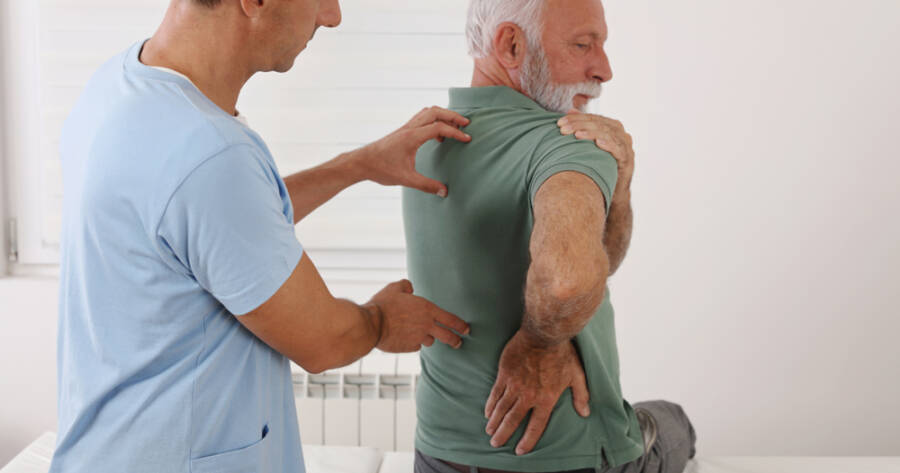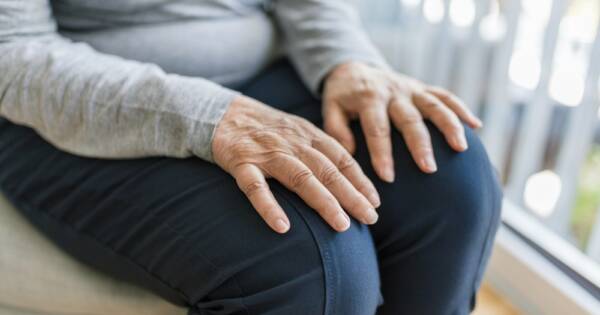Living with spinal stenosis, a condition where the spinal canal narrows, can significantly affect mobility, comfort, and quality of life. Everyday tasks may feel more challenging, and symptoms like pain, numbness, or weakness can interfere with routine activities. The good news is that with the right knowledge, treatments, and lifestyle adjustments, many people find effective relief. Understanding the warning signs and exploring practical solutions can empower you to better manage spinal stenosis and maintain independence.
Understanding Spinal Stenosis Symptoms
Spinal stenosis often develops slowly, with symptoms becoming more noticeable over time. A common symptom is pain, which can occur in the back, neck, or legs. People may experience numbness, tingling, or weakness in the affected areas. Sometimes, the pain intensifies when standing or walking and may lessen when sitting or bending forward. In severe cases, it can impact bladder and bowel control, though this is less common.
Knowing these signs early can help guide you toward the right treatments. If you notice consistent back or neck discomfort, it’s wise to speak with a healthcare provider who can suggest tests or imaging to confirm spinal stenosis.
Exploring Pain Relief Options
Managing pain is often a top priority for those living with spinal stenosis. Pain relief strategies range from over-the-counter pain relief medications to physical therapy, which can improve mobility and reduce discomfort. Physical therapy exercises help strengthen the muscles around the spine, giving better support and relieving pressure.
Another option to consider is epidural steroid injections, which provide temporary pain relief by reducing inflammation around the spinal nerves. For many, these injections can relieve pain for months at a time, though they aren’t a permanent fix. Consulting with a healthcare provider about what might work best for you can lead to a tailored pain management plan.
Staying Active: Exercises for Spinal Stenosis
Exercise plays a significant role in managing spinal stenosis. Gentle activities, like walking or swimming, can keep your muscles strong and reduce stiffness without putting too much strain on your spine. Regular, low-impact exercises can improve circulation, relieve tension, and even ease some pain symptoms.
Stretching exercises can help maintain flexibility, especially in the lower back and legs. For instance, pelvic tilts and knee-to-chest stretches are gentle but effective ways to relieve pressure on the lower spine. Always consult your physical therapist before starting a new exercise routine to make sure it’s safe and beneficial for your specific needs.
Considering Surgical Options for Severe Cases
For those whose symptoms become too severe to manage with non-surgical methods, surgery might be an option. Procedures such as laminectomy and spinal fusion are designed to relieve pressure on the spinal cord or nerve roots. A laminectomy removes part of the vertebrae to open up space in the spinal canal, while spinal fusion connects two or more vertebrae to stabilize the spine.
Though surgery can be effective, it is often considered a last resort. Recovery times vary, and like any surgery, there are potential risks. Speaking with an orthopedic or spine specialist can help you weigh the pros and cons and decide if surgery is the right path for you.
Adapting Your Daily Routine
Making small changes to your daily routine can also help manage spinal stenosis symptoms. Using ergonomic furniture, like supportive chairs, can make a noticeable difference in reducing back strain. Practicing good posture, especially when sitting for long periods, eases the pressure on the spine.
For those who work or have hobbies that involve lifting, learning proper lifting techniques is essential. Always bend at the knees and avoid twisting movements, which can worsen symptoms. Adjusting your routine may take time, but these changes can reduce discomfort and make daily activities more manageable.
Taking Steps Toward a Better Quality of Life
Living with spinal stenosis doesn’t mean giving up on a comfortable life. By understanding your symptoms and exploring pain relief, exercise, or even surgical options, you can find ways to manage this condition effectively.
Simple adjustments to your daily routine can bring significant relief. Each step you take brings you closer to a more comfortable, active lifestyle, proving that living well with spinal stenosis is possible.




